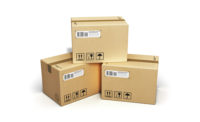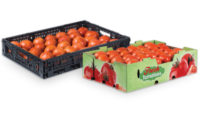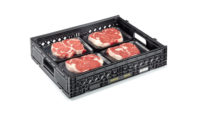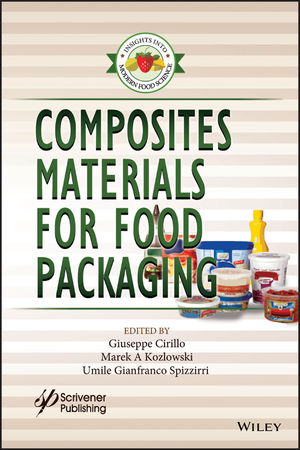Study confirms cleanliness of corrugated shipping containers
The study examined corrugated containers from various manufacturers at three separate end-user locations for the presence of two pathogenic indicator organisms.
Periodic testing performed to a protocol designed by food safety, microbiology and toxicology experts from the University of California-Davis, Davis, Calif., and Haley & Aldrich, Burlington, Mass., and sponsored by the corrugated industry, confirms corrugated containers used to transport fresh produce are safe and clean.
“Ninety-nine percent of the samples evaluated were well below the sanitation levels of 1,000 colony forming units (CFU) per swab for the organisms tested,” says Maryann Sanders, product stewardship leader and microbiologist for ERM Group, Inc., London.
Conducted as a follow-up to prior industry‐wide corrugated container cleanliness studies performed in 2014 (initial) and 2016 (annual), the study examined corrugated containers from various manufacturers at three separate end-user locations for the presence of two pathogenic indicator organisms—Enterobacteriaceae and thermotolerant coliforms.
“The data show continued due diligence on the part of individual manufacturers and the corrugated industry to mitigate potential sources of contamination and provide clean containers,” says Dennis Colley, executive director of the Corrugated Packaging Alliance, Itasca, Ill. “Corrugated containers are used once before they are recovered for recycling, which eliminates the potential for lingering contamination that can result from multi-use shipping containers. After use, 90% of corrugated containers are returned to the paper mill for recycling, where high temperatures effectively kill any bacteria that may have been transferred from the product.”
The 1,000 CFU per swab threshold used in the study was defined by Dr. Keith Warriner, food science professor at the University of Guelph, Canada.
Looking for a reprint of this article?
From high-res PDFs to custom plaques, order your copy today!








